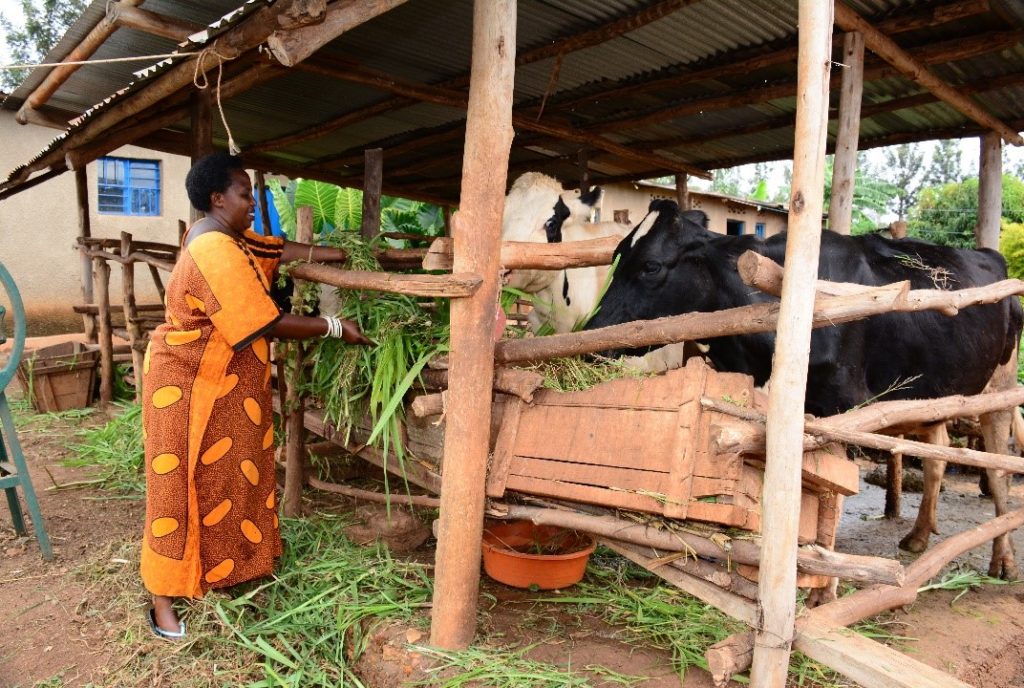
In the lead up to the publication of the new Strategic Plan of Survivors Fund (SURF) for 2021 to 2023, we will be publishing several posts to provide more context of our work – and implications for the the survivors of the genocide against the Tutsi in Rwanda which we support.
Social Protection
The Rwanda’s National Social Protection Sector Strategy 2018-2024 and the updated Social Protection Policy of 2017 define social protection as: All public and private insurance and income transfer schemes as well as social care services that, together, ensure that all citizens, especially the most vulnerable and marginalized, have income security, a dignified standard of living, are protected against life-cycle and livelihood risks and that the rights of all citizens are upheld. The mission of the social protection sector is to ensure that ‘All Rwandan citizens have a dignified standard of living, are protected from social exclusion, neglect and abuse, and are supported to access employment and other livelihood opportunities.’
The social protection sector is coordinated by the Ministry of Local Government (MINALOC) with support from various ministries and agencies. Starting from small and fragmented social support interventions a decade ago, Rwanda has developed a nationwide social protection program entitled the Vision 2020 Umurenge Program (VUP) to eradicate extreme poverty by 2020. With the support of the World Bank and other development partners, the VUP has been expanded, currently reaching over a million beneficiaries, over 50% of whom are female. It covers both contributory and non-contributory schemes with a particular focus on livelihood support services or cash plus initiatives which target support to vulnerable groups:
- Since the VUP’s inception in 2008, more than 2,200 projects have been implemented under its public works component, which has employed more than 800,000 households, and generated more than 40 million paid working days.
- The classic public works program grew from 30 sectors with 18,304 households in 2008 to 244 sectors (out of 416 sectors in the country) and is currently benefiting 133,102 households of which over 50% are female headed.
- The gender and child sensitive Expanded Public Works component which offers flexible year-round work schedule to moderately labor-constrained households particularly those caring for young children and other dependents, was introduced in 2016/2017. It currently covers 150 sectors with 22,583 households, more than 72% of which are headed by women.
- The direct support (cash transfers) grew from 6,850 households in 2009, to cover the entire country with 107,106 households as of April 2019
- Overall, different components of VUP benefit more than one million individuals in all the targeted households.
Implication for survivors and related vulnerable groups: Despite social protection initially being set up to support survivors of the genocide, through the establishment FARG, support is now mainstreamed to all vulnerable persons. This has resulted in survivors “falling through the net” and not always receiving the support that they need. There are multiple reasons for this ranging from not having anyone in their community to advocate for their rights to social protection and being wrongly categorised as not requiring support. As there continues to be a focus on harmonising social protection support, there is a need to ensure that all vulnerable survivors in need of such support are identified and receive it.
